

Zebra
in
Etosha National Park, Namibia
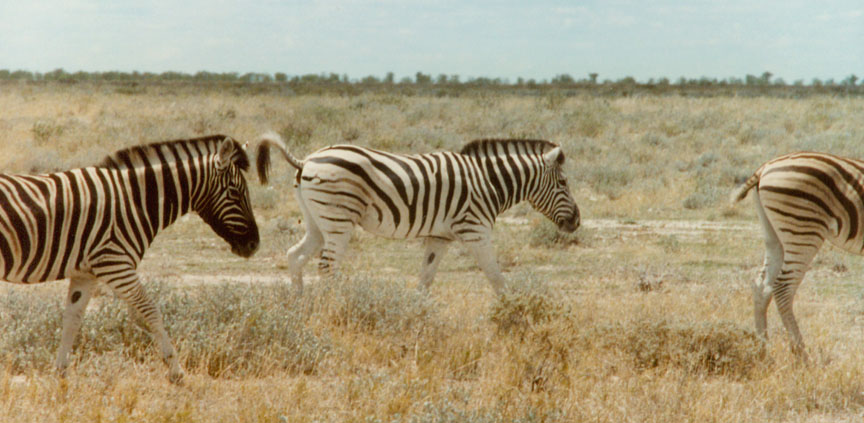
Zebras are horselike animals, standing about 120 to 140 cm(47 to 55 inches) at the shoulder. The species are easily distinguished by the pattern of stripes. These are individually wide and widely spaced in Burchell's zebra, some races of which have lighter “shadow stripes” between the main stripes. The northern races of this species are more fully striped than the southern ones, in which the striping of the lower legs tends to give way to white. In the extinct quagga (E. q. quagga), the striping was confined to the head, neck, and forequarters, the back being solid brown. The stripes of Grevy's zebra are narrow and closely spaced, and the belly is white. The mountain zebra is small and has a peculiar gridlike pattern of stripes on the rump.
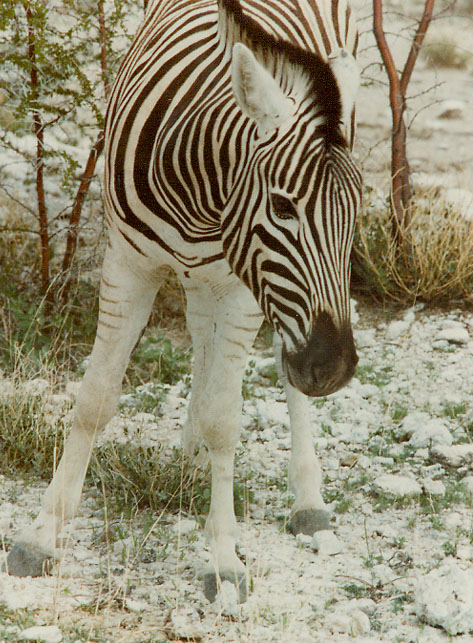
Zebras live in small family groups consisting of a stallion and several mares
with their foals. In Grevy's zebra the mares may form separate groups from the
stallions. With plentiful food, small groups may coalesce into large herds, but
the smaller groups retain their identities. Zebras often form mixed herds with
antelopes, such as wildebeests, which gain protection from predators by the
alertness of the zebras. Herds may migrate long distances to find suitable
grasses on which to feed.
Text from Encyclopedia Britannica
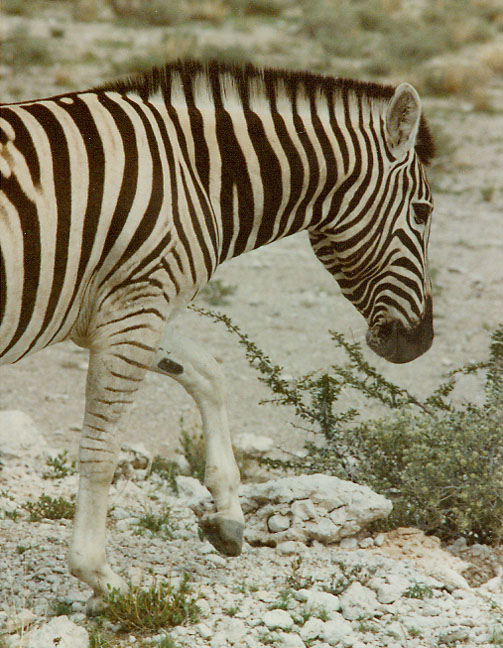
All three zebra species have decreased in abundance through human activities,
and the mountain zebra and Grevy's zebra are endangered. The readiness with
which most zebras breed in captivity offers hope of maintaining reservoirs of
zebras from which wild populations might be restored.
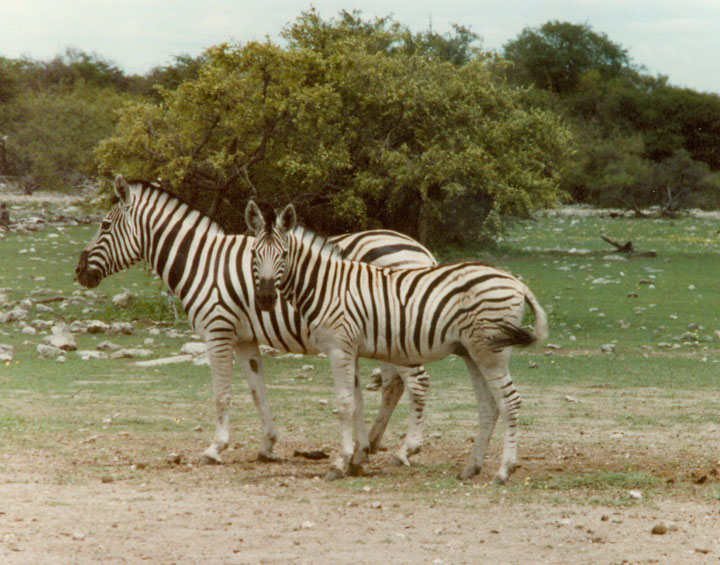

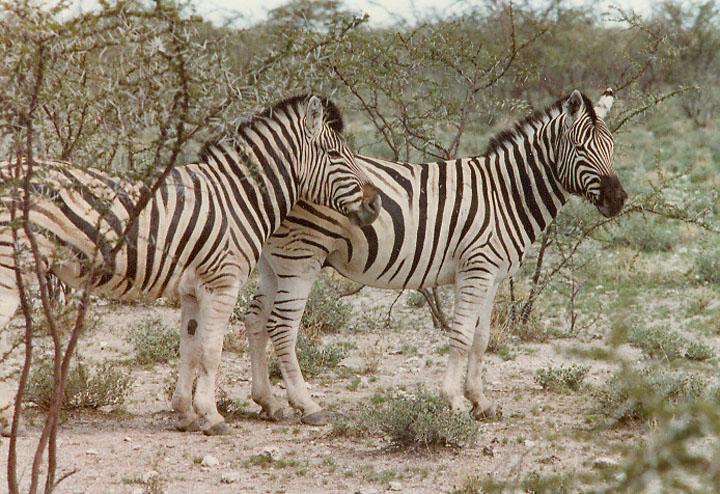
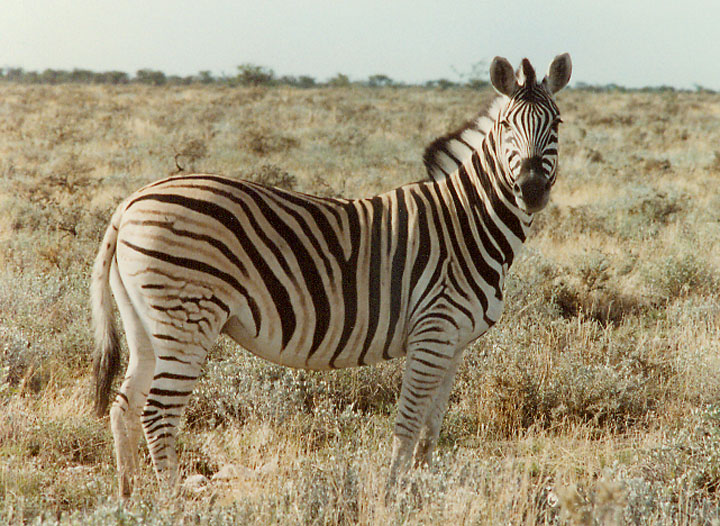
![]()
![]()